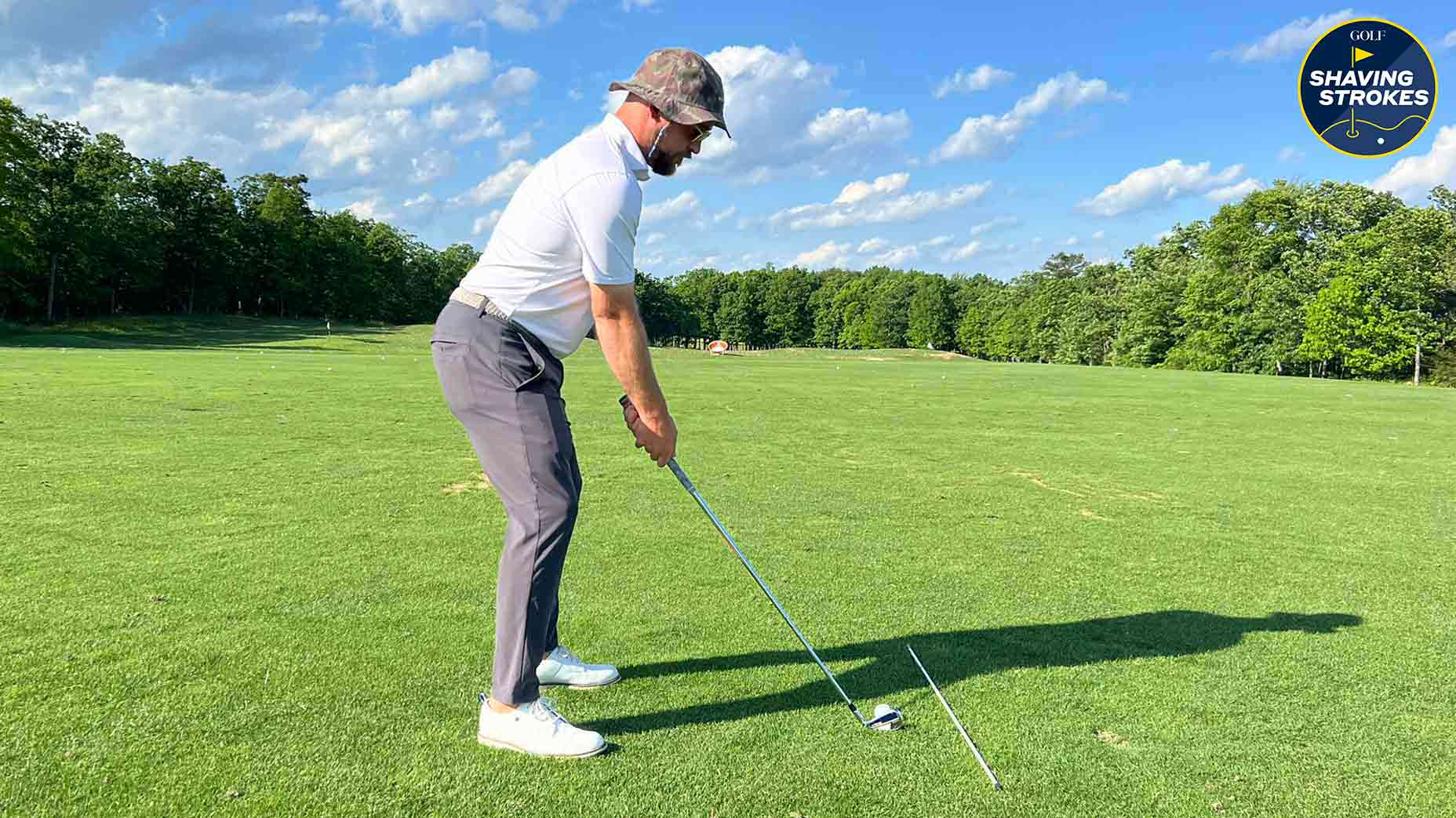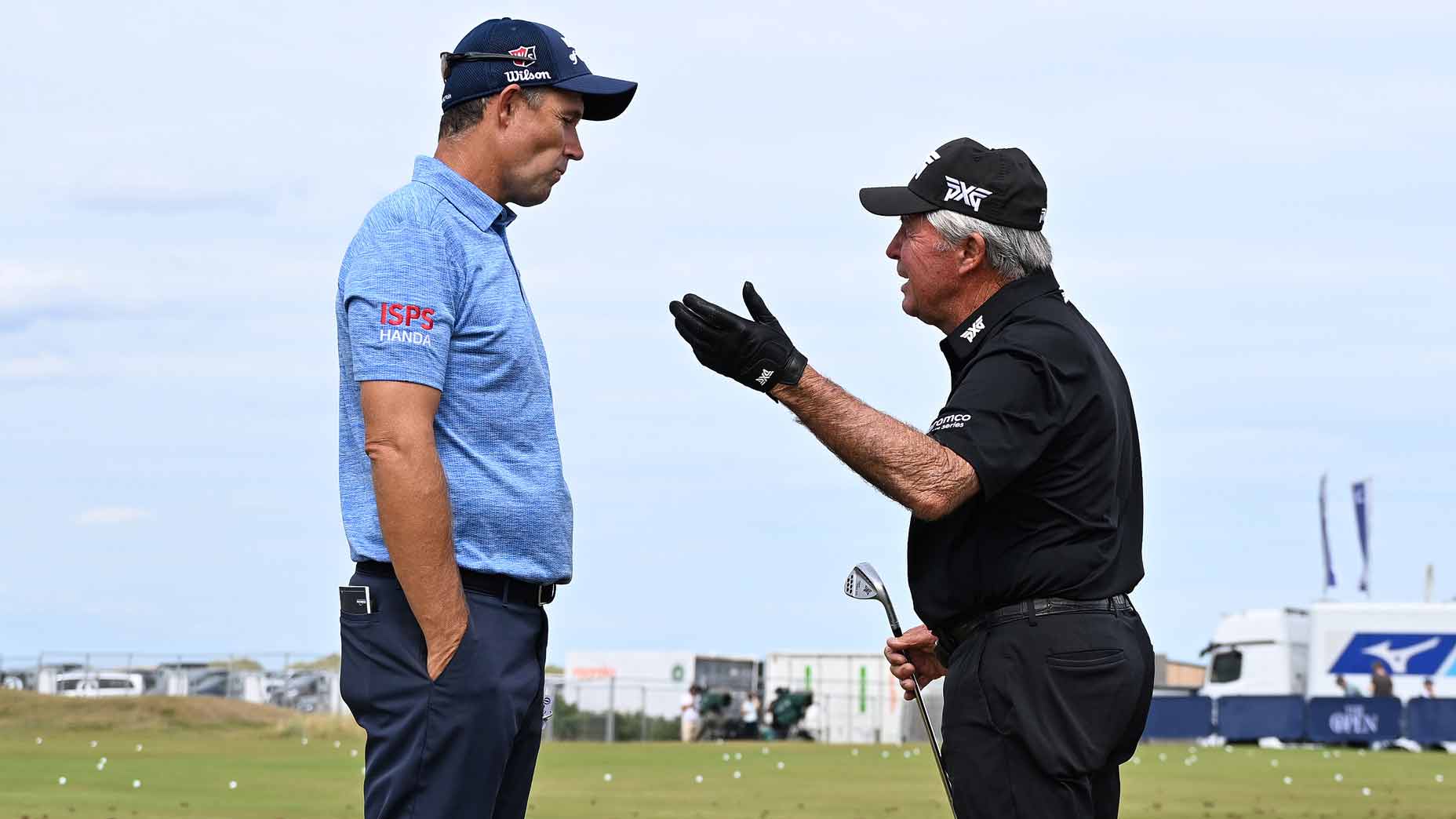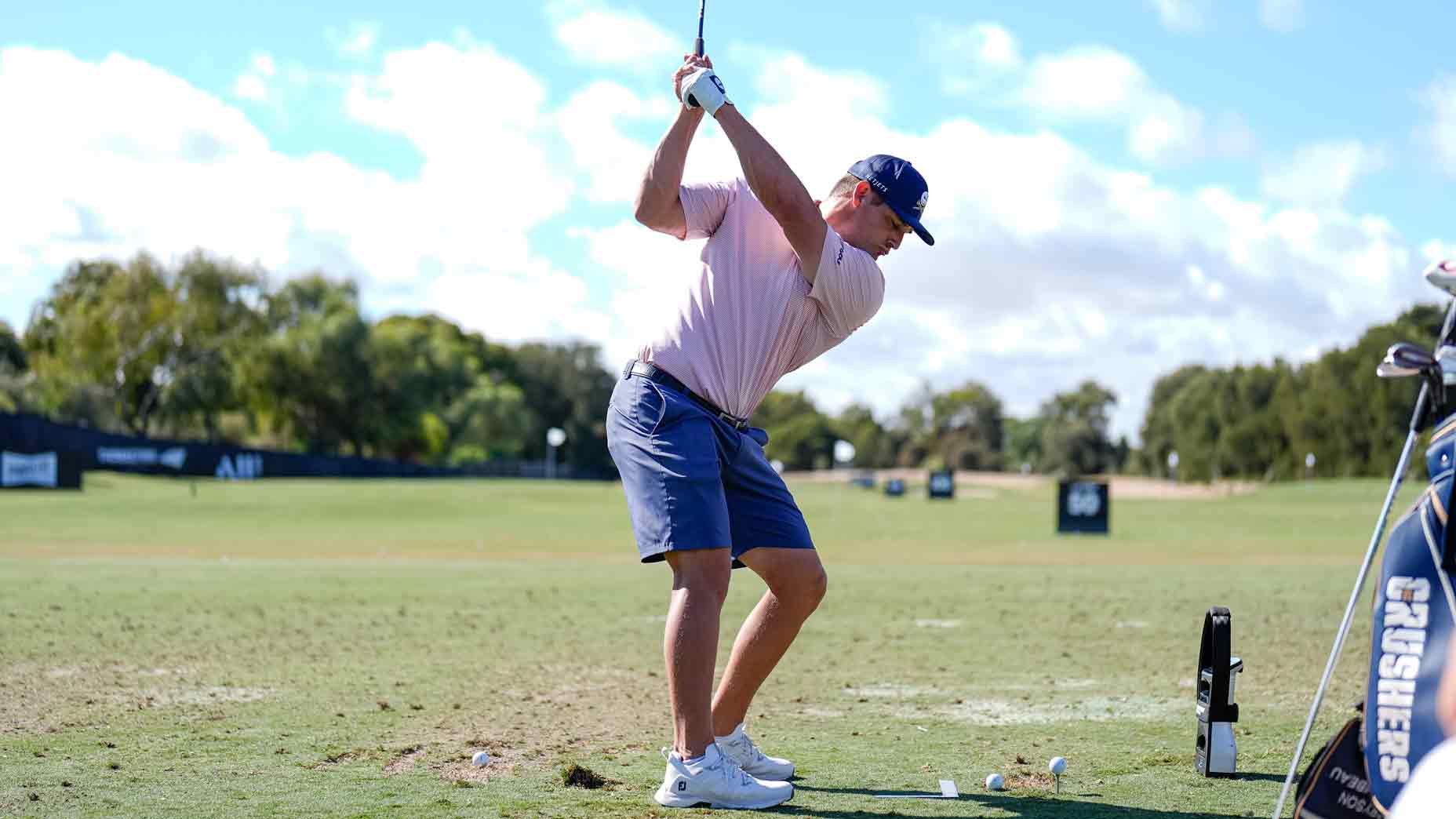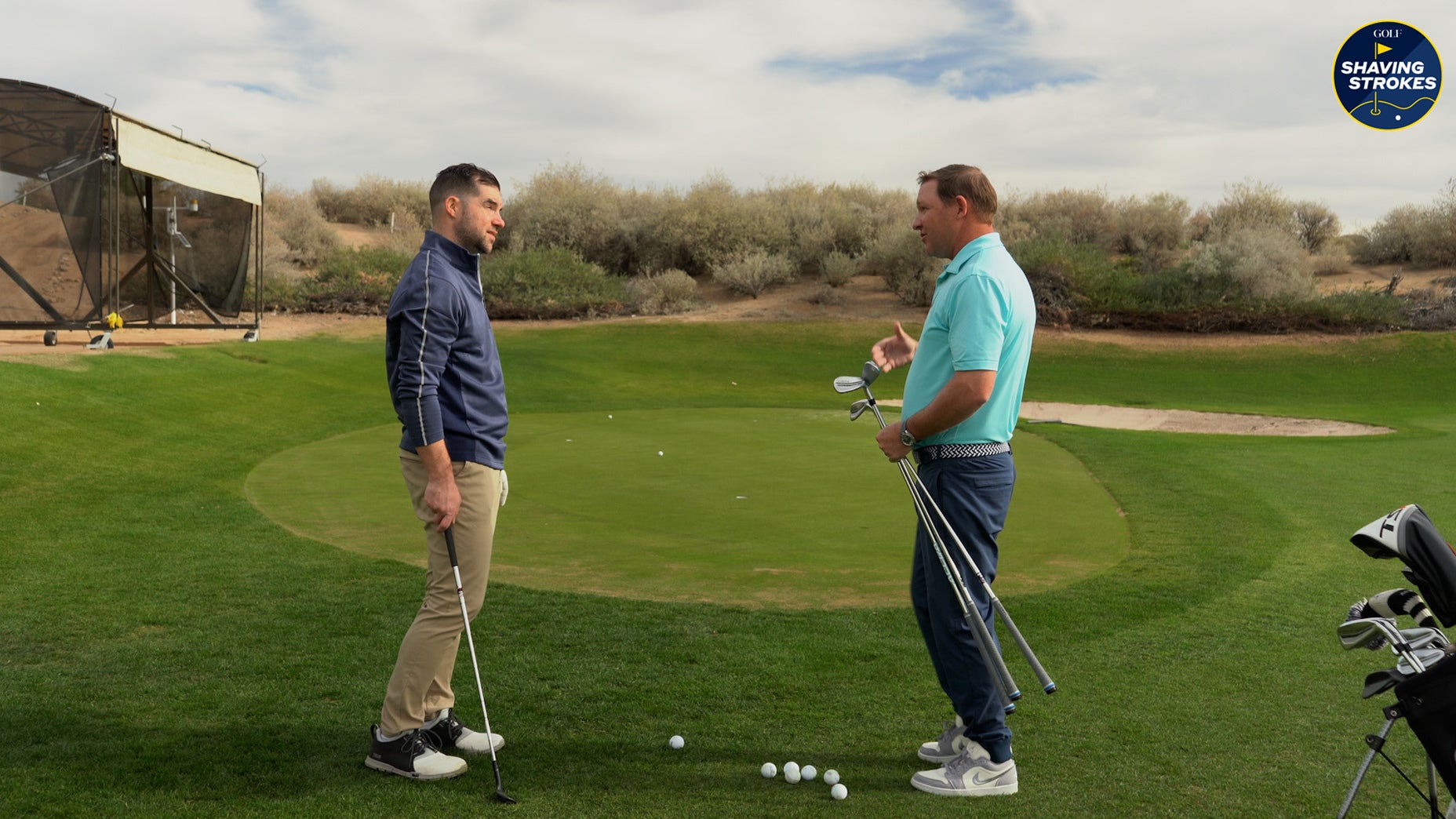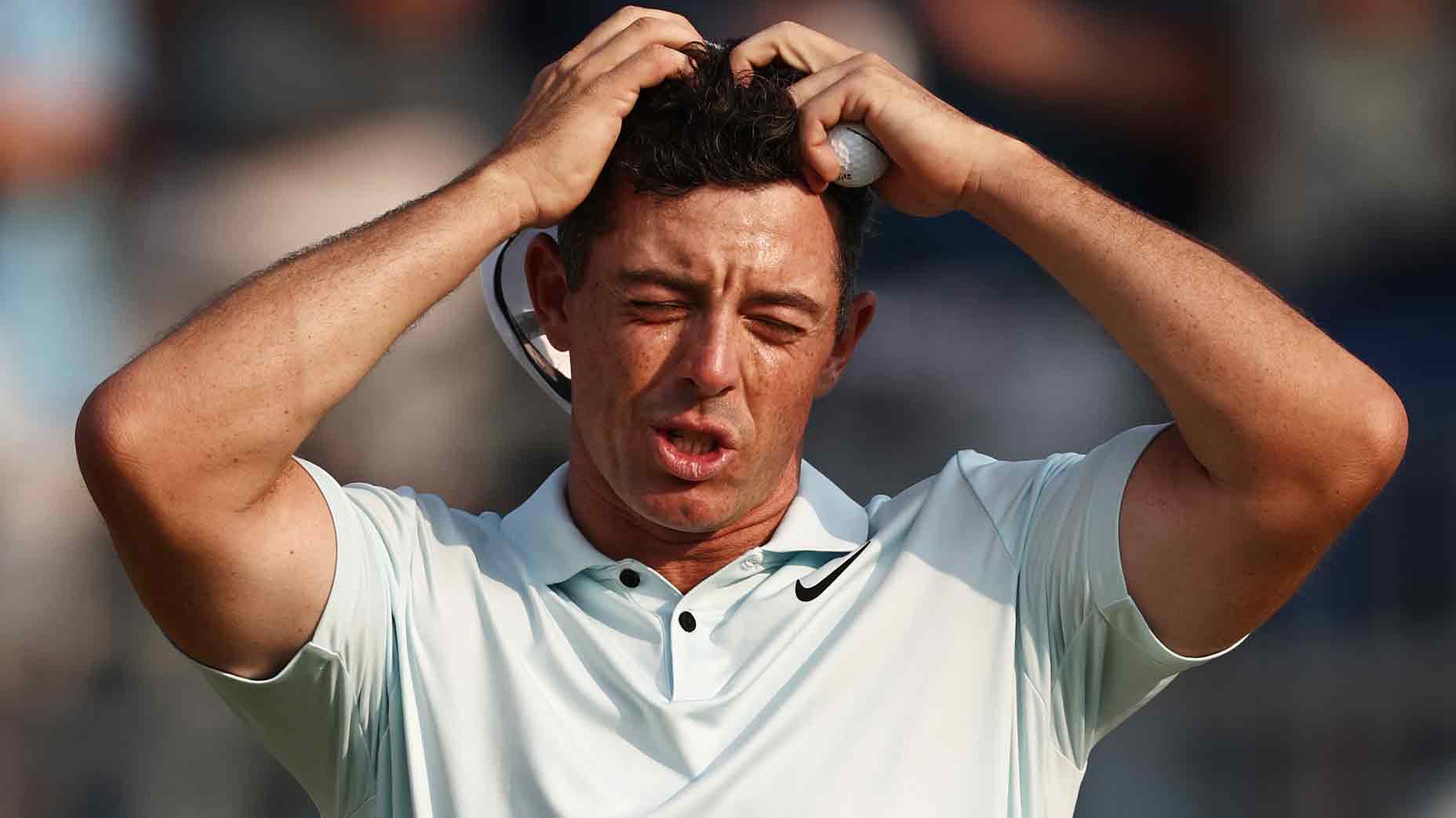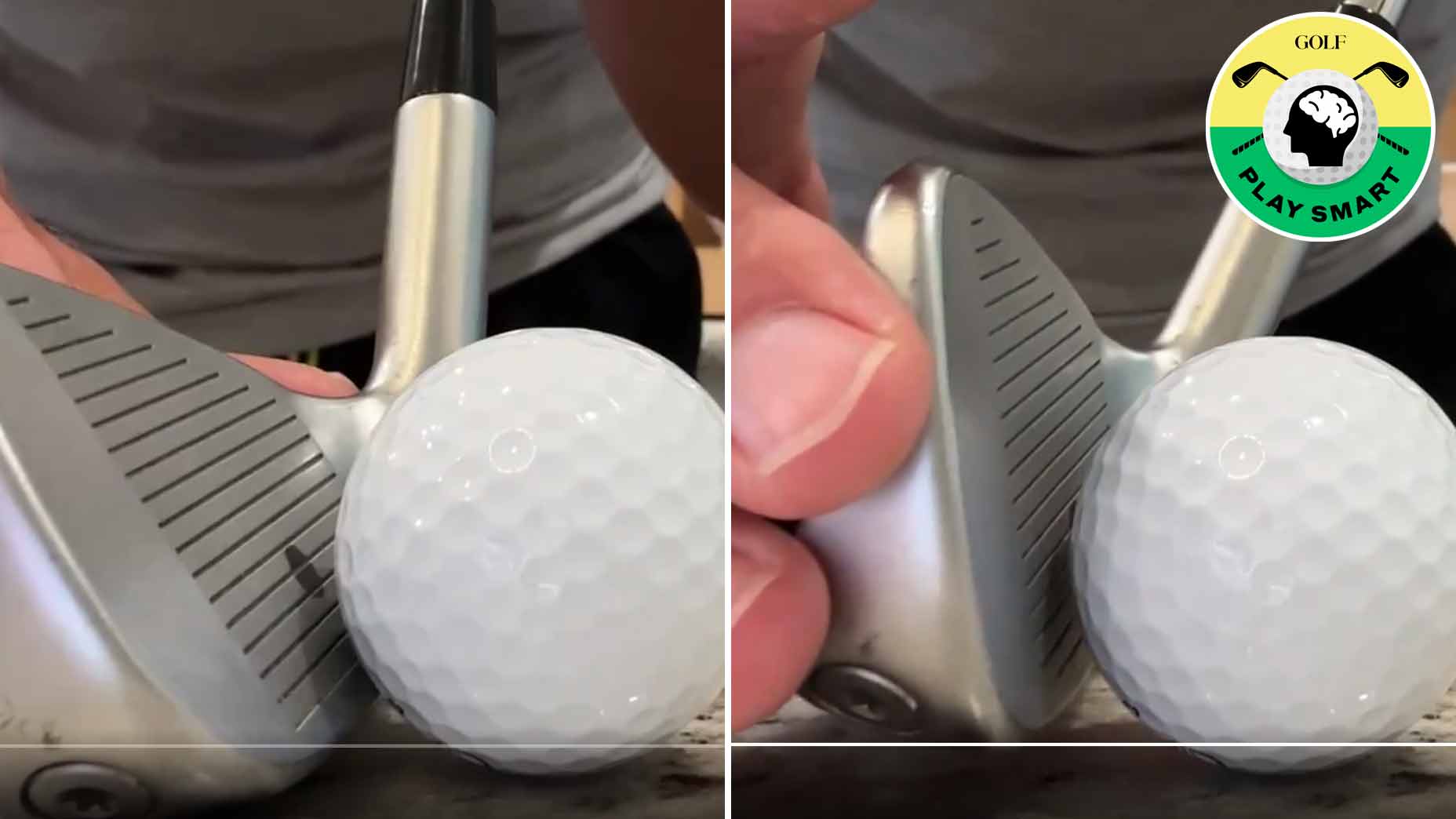10 ways to navigate the thick summer rough
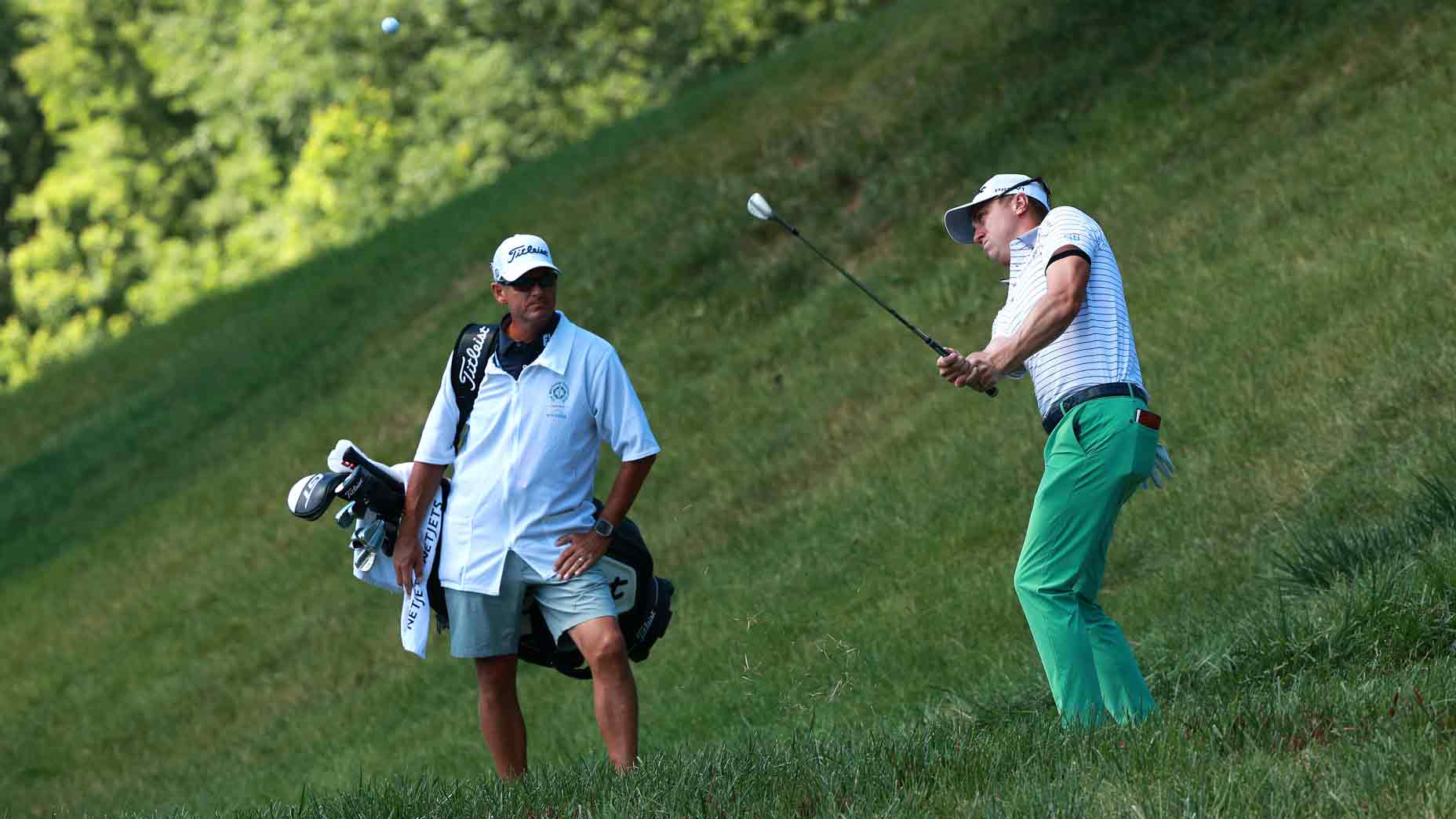
With the rough thick and difficult to hit from this time of year, use these 10 tips for more success.
Getty Images
With summer officially here (according to the calendar), it means that most golf courses are in prime condition. It also means the fairways tend to be more firm and the rough is usually much thicker and more difficult to play from.
After recently competing in an event in New Jersey, I was reminded of how different the courses up in the Northeast are compared to the Southeast where I typically play. For example, different grass types in different areas around the country can cause a number of changes to your golf game.
Since I often get asked questions about how to handle this during the summer, I figured I’d lend some advice to help you best prepare.
True Spec Fitting
How to see more success from the thick rough
In some spots around the country, the ball sinks below the grass. However, in other places the ball sits up on the thick grass, acting almost like a tee for your ball to rest on.
So how can you decipher what the best club choice and shot selection are? By following these 10 tips for thicker grass in the summer.
1. Assess the lie
When the ball is in the rough, you always need to assess the lie — so don’t assume that the lie is bad just because it’s in the rough.
The ball may be sitting up on top of the grass, and, in this case, allows you to play it just like a normal shot. Just remember that the ball may tend to fly out of the rough and go a bit farther. When the ball sits down, this is when you need to start to adjust your setup and your game plan — so take a look at the lie and see how much of the ball is covered by the grass, then react accordingly.
2. Good contact is the priority
When the ball sits down in the rough, it can make it more difficult to make clean contact with the club and the ball — since the grass can get in-between the two, making it hard to advance the ball very far. When the ball sits down, it’s important that you tilt your shoulders toward the target so that your lead shoulder is lower, which steepens the angle which the club head comes into the ball, allowing the club to make direct contact with the ball.
Your weight should favor your forward foot, staying there throughout in order to maintain the steeper angle for the best possible contact.
3. Focus on your club selection
When leaning toward the target, it will de-loft your club — so keep this in mind when you’re deciding which club to hit. For example, a low-lofted iron where you have to lean may struggle to advance very far out of the rough. Instead, the better choice may be a higher-lofted club or even a hybrid (depending on the distance).
4. Be aggressive
Because the ball is sitting down in the rough, I’d consider being a bit more aggressive down into the grass and the ground. Avoid the inclination to fall back and lift the ball, as this will change the shoulder angle and tend to produce a shot where you hit the grass before hitting the ball.
5. Understand how fescue impacts your shot
On many northern courses, you’ll see long fescue grass — which can devour golf balls if you miss your target landing spot. If your ball does end up in this tall grass, you’ll most likely need to take a higher-lofted club like a sand or gap wedge.
When addressing your ball from thick fescue, make sure to play it more back and lean your shoulders even a bit more, which helps ensure ball-first contact. Also, make sure you’re super aggressive and swinging straight down and into the dirt, which is important to extract the ball.
6. Bad lies around the green
The rough around the greens can oftentimes be the trickiest on the entire golf course due to different slopes and smaller landing areas to hit to, so you’ll want to use a similar plan here depending on the severity of the lie.
Always lean towards the target with both your shoulders and your weight, allowing the swing to become a bit more steep as a result. You may also choose a more lofted club to offset the less lofted clubface due to the lean.
7. Pitching becomes more necessary
Around the green, where you have more ground to carry versus green to work with, may require you to pitch the ball a little bit more frequently when hitting from the super thick rough. So I always suggest using a more lofted club like a lob, sand, or gap wedge, each of which will glide through the grass and make the ball pop out and into the air.
8. Avoid long carries
When the ball sits down in the rough, due to the unpredictable contact, it may be smart to avoid long carries over water or sand. Being a bit more conservative with your aim lines and relying a bit more on your short game can help avoid higher scores on individual holes.
9. Chipping from long grass with little green to work with
When you’ve got a short-sided shot from the rough, it can require a near-perfect chip shot. To execute this, take your most lofted club, grip down, and use a narrow stance. Next, place your ball in the center of your stance and lean towards the target.
Take a very small backstroke and let the club fall straight down to the ground, which will pop the ball up and out of the grass without rolling too much.
10. All bad lies can be treated similarly
The technique you use when hitting from thick rough can apply almost anytime you have a bad lie — including when your ball’s in a divot, buried in a bunker, or when it’s on pine straw, to name a few. Once you learn how to adjust your setup and can make more direct contact down the back of the ball, you’ll start lowering your scores.
Looking for more golf content? Give me a follow on Instagram to get tips and playing advice.
Rukket Sports The Grid Golf Target
$59.99
View Product





